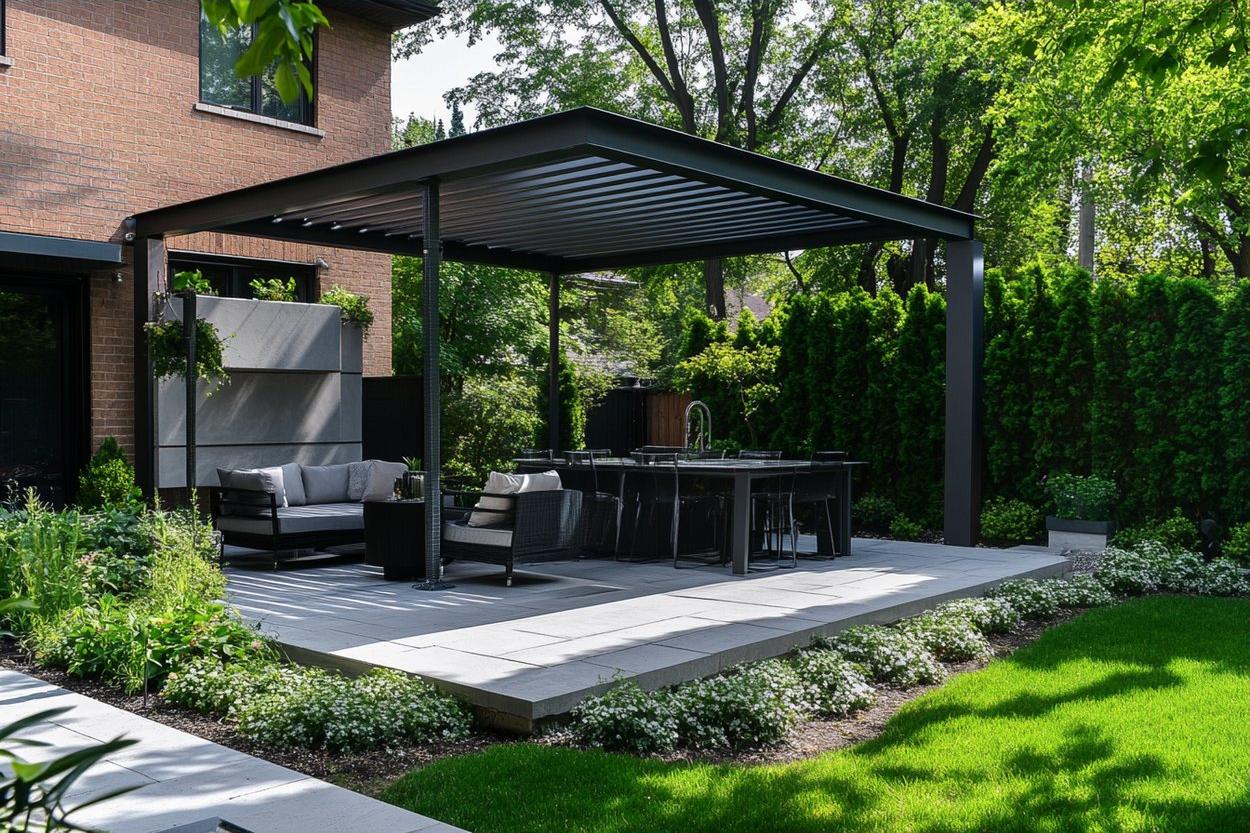Seasonal maintenance checklist to protect outdoor surfaces and plants
Regular seasonal maintenance helps outdoor surfaces and plants withstand changing weather and reduces repair needs. This checklist covers practical steps for balconies, patios, decking and planted areas, from irrigation setup and pest control to furniture care, storage and lighting to keep spaces functional and attractive.

Seasonal upkeep preserves materials and supports healthy plant growth across balconies, patios, decks and landscaped areas. A focused routine—inspecting decking, refreshing irrigation schedules, checking lighting, and addressing pests early—prevents small issues becoming expensive repairs. This checklist breaks tasks into manageable actions by area so you can protect hard surfaces and living plants year-round while keeping ambience and sustainability in mind.
How to protect outdoor surfaces and decking
Start by inspecting decking, stone, and paved surfaces for cracks, loose boards, or failing sealants. Remove moss and organic debris that trap moisture, and clean surfaces with appropriate cleaners to prevent staining and rot. For timber decking, schedule a deep clean and reapply water-repellent or stain in dry conditions; for composite decking, clear gaps and check fasteners. Address drainage issues near patios and walkways so water flows away from foundations and joints.
Regular checks after heavy weather are important: look for shifting pavers, pooling water, or tile grout breakdown. Minor repairs are easier and cheaper when completed early, and preventive sealing or joint repair extends the useful life of surfaces.
How to maintain balcony and patio furniture and containers
Inspect outdoor furniture for structural wear, rust, or loose fittings and tighten or replace hardware as needed. Clean fabrics and cushions following manufacturer guidance and store them in ventilated, dry storage during extended wet or cold periods. Drain saucers under containers and refresh potting mix yearly to maintain drainage and nutrient balance. Move delicate pots indoors or under shelter during frost or storms to avoid cracking.
For balconies, check that containers are appropriately sized and not overloading railings. Use saucers or drip trays to protect decking or balcony surfaces from staining and water damage, and consider lightweight materials for high terraces to reduce load on structures.
How to set up irrigation and drought-tolerant planting
Audit irrigation systems seasonally: inspect timers, look for leaks, and recalibrate schedules to match seasonal rainfall and plant needs. Install drip irrigation or soaker hoses for beds and containers to conserve water and reduce evaporation. Group plants by water requirement and expand planting of drought-tolerant species where suitable to lower overall water demand.
Mulching beds and containers helps retain soil moisture and moderates root temperature, while rain sensors or smart controllers can automatically reduce irrigation during wet periods. Regularly flush container irrigation lines to prevent salt buildup and blockage.
How to care for plants: plant care, pest control and landscaping
Consistent plant care includes timely pruning, feeding based on soil tests, and dividing crowded perennials to sustain vigor. Monitor plants weekly for signs of pests or disease; early identification allows targeted, lower-toxicity treatments that limit spread. Remove diseased material promptly and maintain tidy borders to reduce habitat for pests.
Plan seasonal landscaping tasks—leaf clearance, composting healthy prunings, and refreshing mulch—to support soil health. Rotate container plantings and replace tired soil mixes to keep planting attractive and productive.
How to manage lighting, ambience and storage for seasons
Inspect outdoor lighting for corrosion, water ingress, and loose connections; use weather-rated fixtures and bulbs appropriate for exterior environments. Review lighting placement to maintain safe, inviting ambience while minimizing energy use—consider timers, dimmers, or motion sensors to optimize operation. Solar lighting can supplement mains-powered fixtures for low-maintenance accent lighting.
Create designated storage for cushions, tools and decorative items in a dry, ventilated space to prevent mildew and material degradation. Proper storage extends the life of fabrics and electronics used outdoors and streamlines seasonal transitions.
How to use vertical solutions and sustainability in maintenance
Vertical planting and container walls are efficient for balconies and small patios but need routine checks: secure fixings, inspect irrigation tubing, and refresh growing media to avoid compaction and salt build-up. Select native or low-input plants and recycled or sustainably sourced materials to improve sustainability and reduce maintenance intensity.
Maintain trellises and supports, and plan plantings that consider wind exposure and sunlight on vertical surfaces. Regularly assess the structural load of vertical installations on balconies or walls to ensure long-term safety.
Maintaining outdoor surfaces and plants on a seasonal schedule reduces long-term costs and keeps spaces safe and enjoyable. By combining surface care, appropriate irrigation, targeted plant care and sustainable choices, you can protect decking, patios, balconies and landscaped areas through the year. Regular inspections, timely repairs, and thought-through storage and lighting choices preserve both the appearance and function of outdoor spaces.





